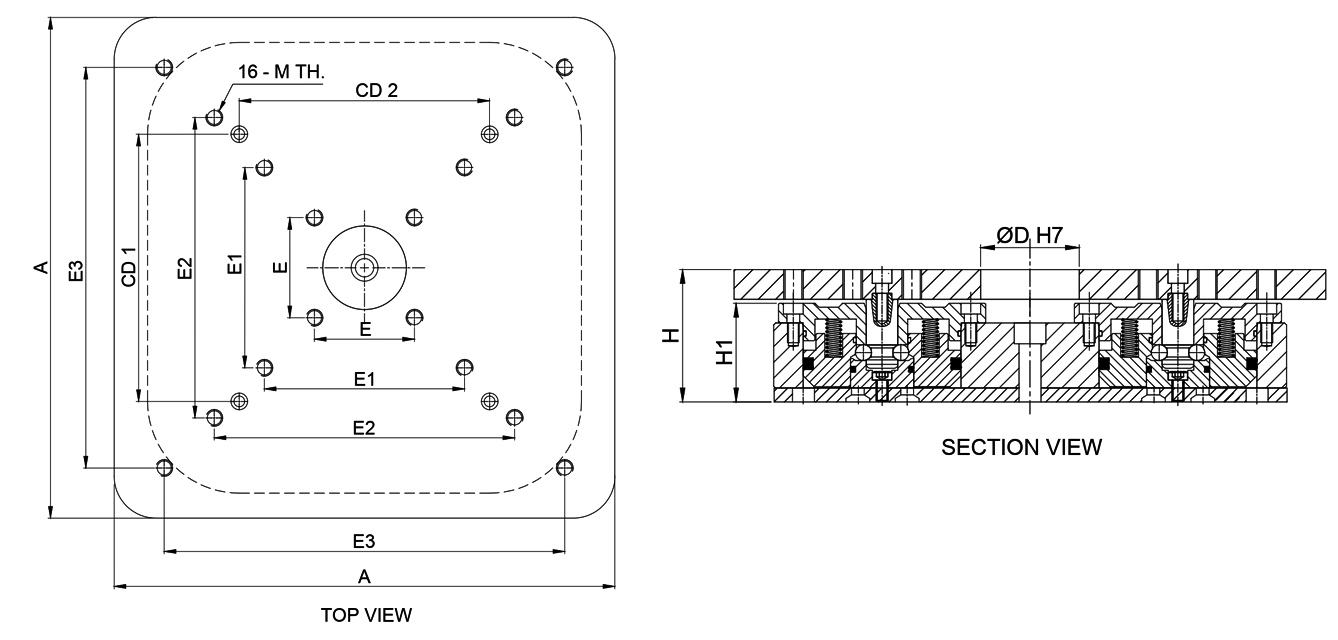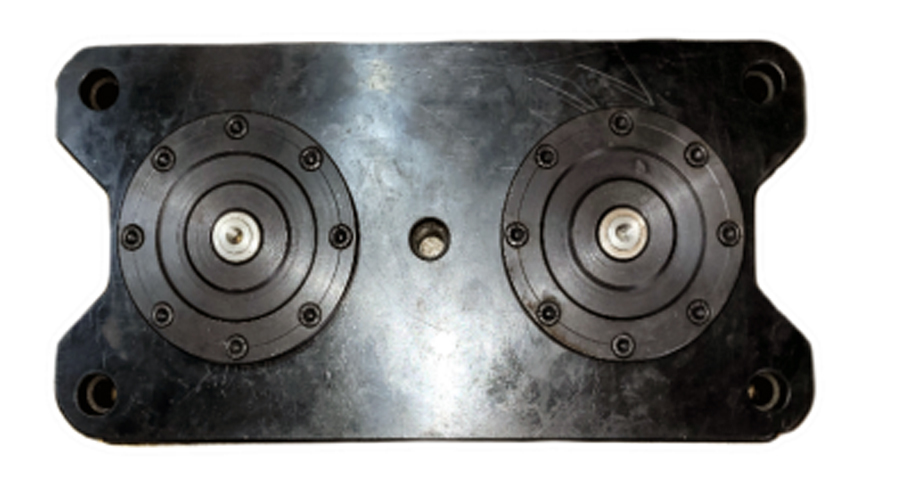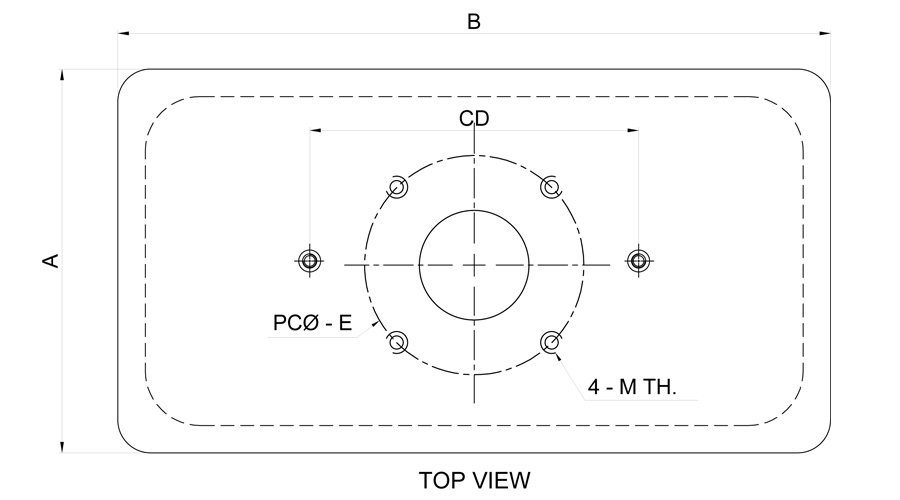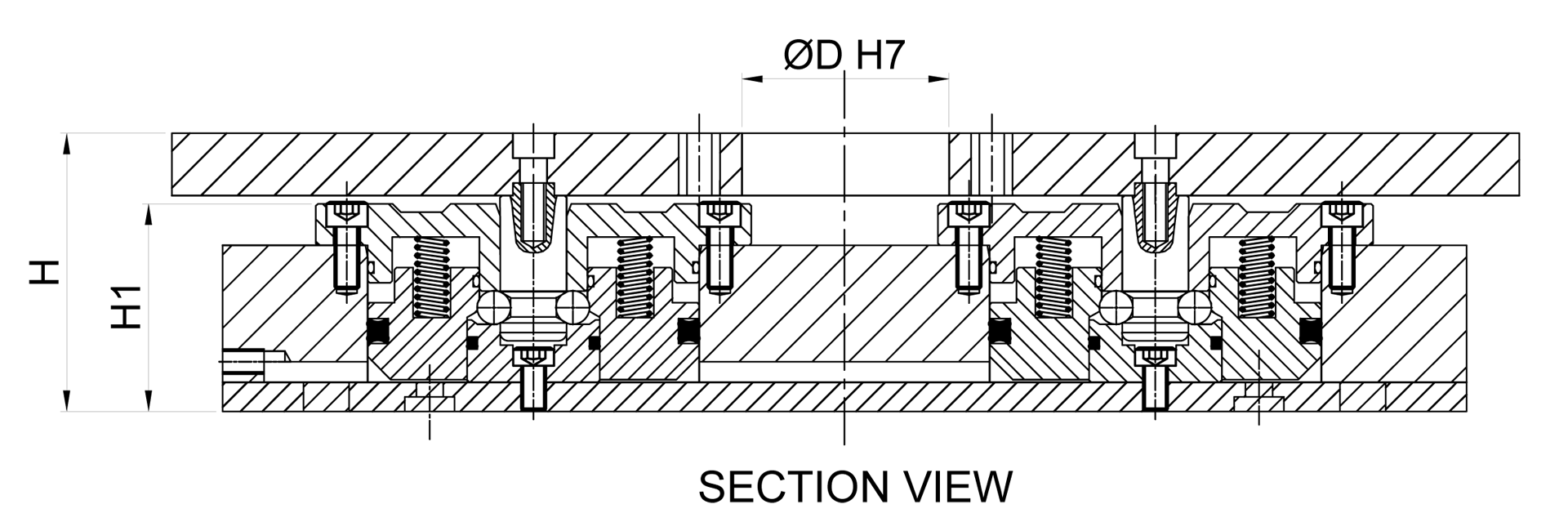We are Manufacturer, Supplier, Exporter, Dealer, Services Provider of 0 (Zero) Point Systems from Satara, Maharashtra, India.
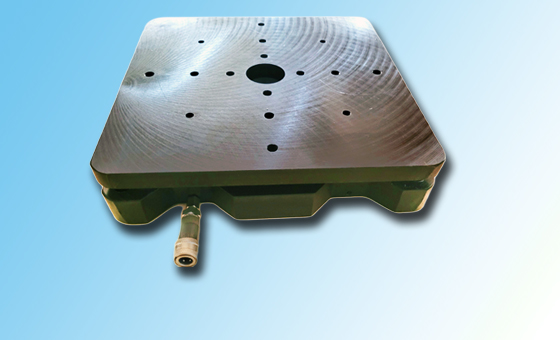
This revolutionary technology allows to fix, position and clamp in a single step, cutting set up times by up to 90%. Available with either pneumatic or hydraulic release, these positive locking and locating modules allow operators to quickly change out large and small fixtures with extreme accuracy and minimum effort. Quickly and accurately locate and clamp vises or fixtures, and with pull studs attached to your part, direct mount your component for machining or welding without interference from jaws or clamps. That's the beauty of what 0 (Zero) Point Systems can deliver.
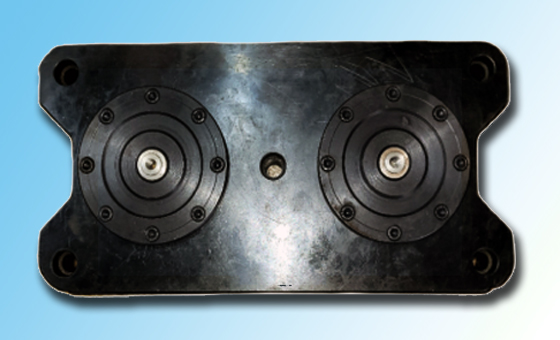
Similar to the mechanism that grips rotary tool holders on many machining centers, zero point clamps employ a pull stud and clamping balls to pull a pallet, fixture or other work holding devices or even the part itself against the ground face of a zero point module. The pull stud sits inside the chuck bore and offers positional accuracy to within a 0.005 mm and high clamping forces until released through hydraulic or pneumatic pressure.
